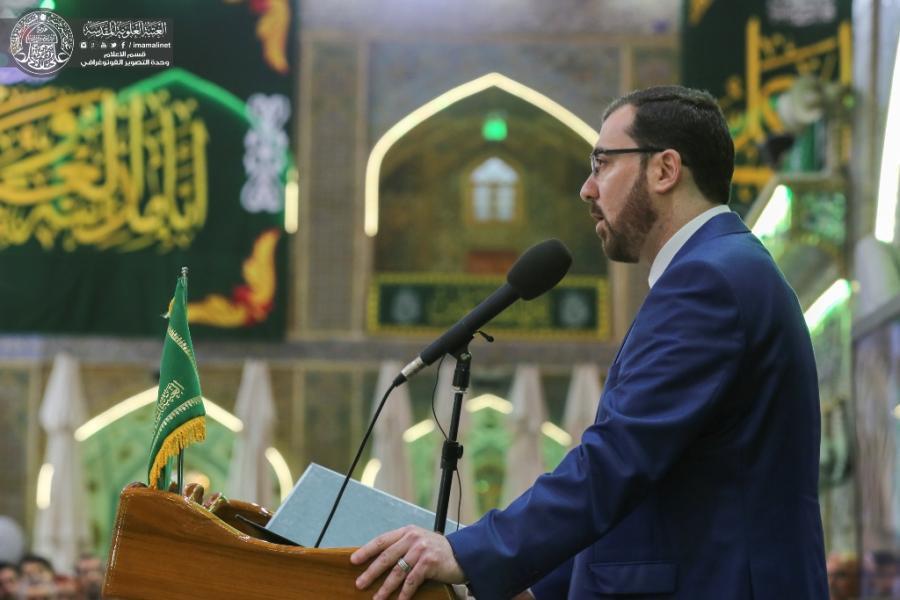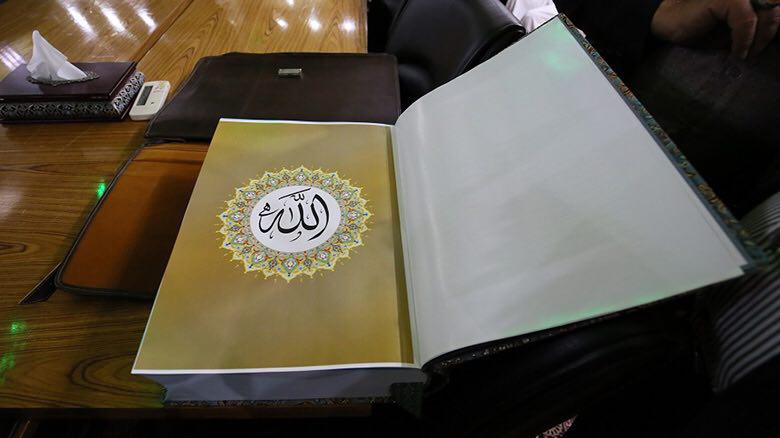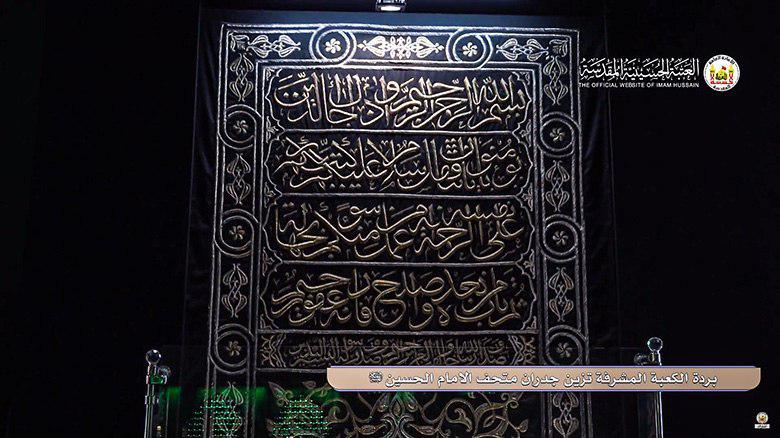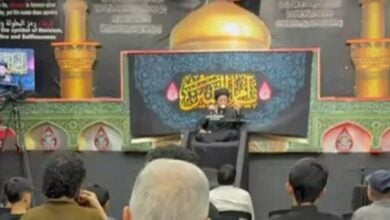Iraqi Artists Depict Imam Hussein’s Legacy Through Visual Arts
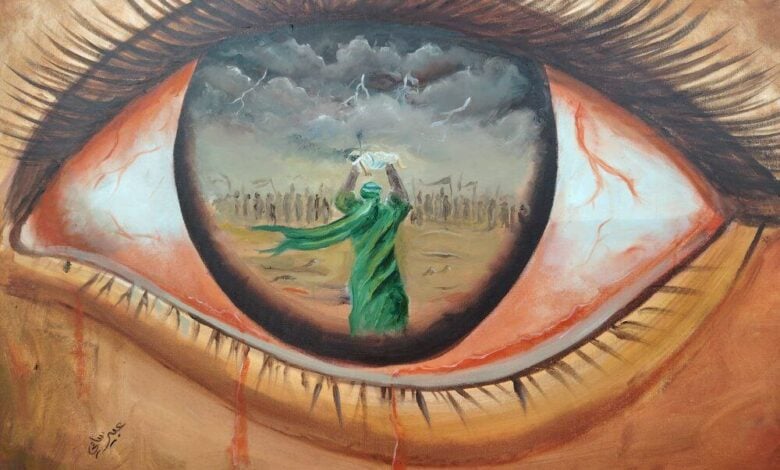
Iraqi Artists Depict Imam Hussein’s Legacy Through Visual Arts
……………..
The art of painting and sculpture has long played a central role in portraying the tragedy of Imam Hussein (peace be upon him), using visual symbolism to reflect values such as sacrifice, patience, and justice. Over the years, Iraqi and regional artists have transformed their works into a medium for expressing the moral and spiritual dimensions of the Karbala events, showcasing them in solo and group exhibitions across Baghdad and other cities.
Imam Hussein’s stand at Karbala has become a source of inspiration for generations of artists, embodying the rejection of injustice and corruption. His sacrifice is widely regarded as a symbol of moral integrity, courage, and the pursuit of freedom, themes that resonate across Arab and global artistic expression.
In this context, the Iraqi Artists Syndicate in Diyala, in cooperation with the volunteer art group “Bo Abi” and under the patronage of the Diyala branch of the Agricultural Engineers Syndicate, organized a special exhibition titled “Imam Hussein: Symbolism and Lessons” to mark the month of Muharram.
According to Diyala Artists Syndicate branch head Adnan bin Ahmed, the exhibition aimed to convey the principles and values of Imam Hussein’s revolution during the historic Battle of Karbala. He noted that such artistic initiatives highlight the role of visual arts in preserving traditions, commemorating heroic events, and portraying the moral depth of religious history.
Art critic Raheem al-Sayyed emphasized that Iraqi painters strive to document the events of Ashura through their work, thereby preserving history and keeping the memory of Imam Hussein and his companions alive. He added that numerous artists in Iraq, Iran, and other countries with Shia communities have excelled in visualizing the human and spiritual dimensions of Karbala, using paintings as a means to express steadfastness, dignity, and the defense of freedom.
He further highlighted the need for artists to incorporate themes such as sacrifice, resilience, justice, and honor into their work, using diverse styles and visual metaphors. These creations, he said, should evoke both the grief of the tragedy and the pride in its legacy, inspiring audiences and reinforcing the enduring values of Imam Hussein’s stand against oppression in 61 AH.



